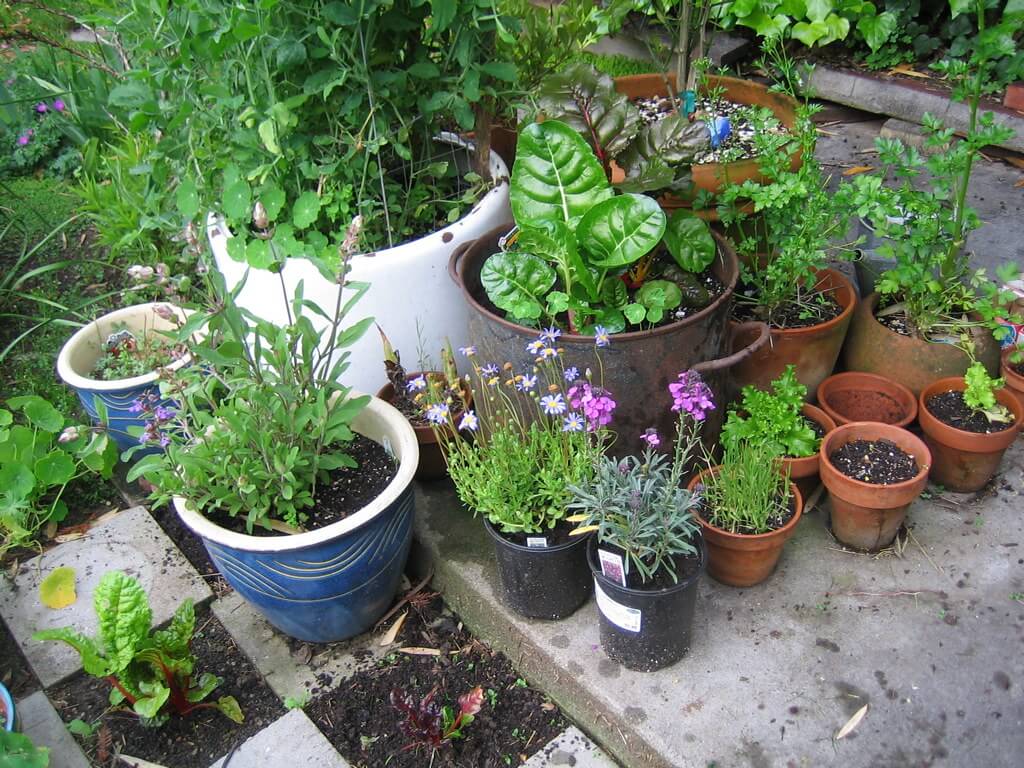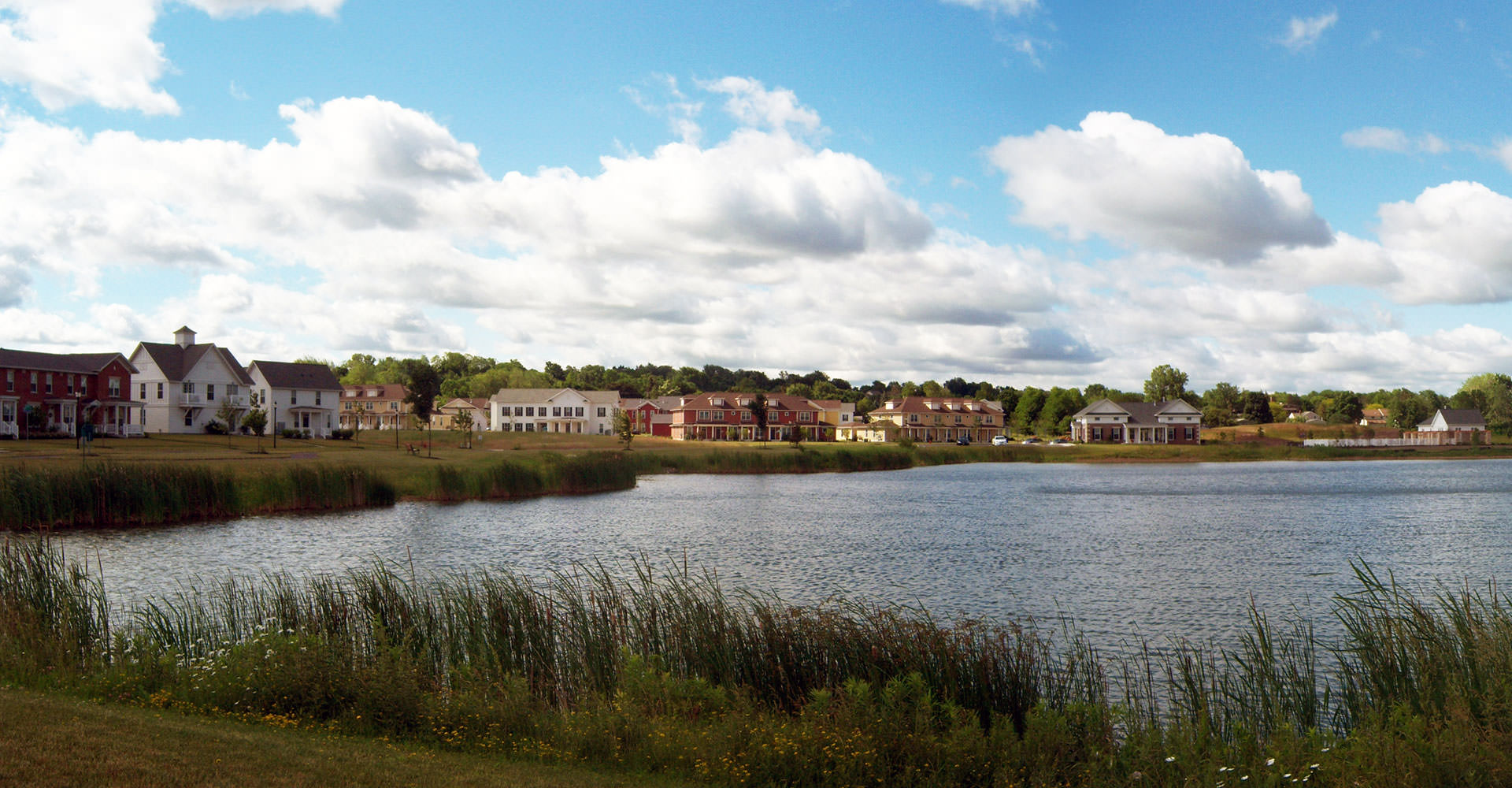Apartment Container Gardening

May 2021
Just because you live in an apartment or townhouse doesn’t mean you can’t be a gardener. And based on our local growing season, this is the perfect time to start. To get you going, we have some helpful advice on selecting containers, placement, soil, watering, and fertilizing.
Container Types
Choosing a container means striking a balance between what’s attractive and convenient with what is best for the plant. In general, larger containers are better than smaller ones because the soil won’t dry as quickly. Terra cotta pots are a traditional (and expensive) choice. But the popularity of container gardening has brought many new options. Fabric pots and grow bags are convenient and easy to store off-season. Raised beds are great if you have trouble bending or kneeling. And you can also get creative by upcycling old household items. Maybe a rainboot for a basil plant or a mixing bowl for a pepper plant?
Matching Container Depth to Plants
- 4-5” for basil, chives, lettuce, radishes, and salad greens
- 6-7” for bush beans, garlic, onions, peas, mint and thyme
- 8-9” for pole beans, carrots, cucumbers, eggplant, leeks, and peppers
- 10-12” for beets, broccoli, potatoes, summer squash
- 18”-24” for tomatoes. five-gallon buckets, while not beautiful, are the perfect size.
Placement
Most vegetables need at least six hours of sunlight per day. And placing containers in an area that doesn’t get too much wind reduces the need to water while providing protection for more delicate plants.
Soil
While you might be tempted to use any dirt you can find nearby, it’s worth investing in good soil. Bagged topsoil is a fine choice, but you’ll get the best results if you use a “soilless” potting mix. It will help retain moisture and resist compaction – both of which can be challenging with container gardening.
Watering
You won’t be able to rely on rain alone for your container garden. Vegetables and herbs require a consistent supply of water. You’ll need to check your containers every couple of days, if not daily, just to make sure the soil isn’t too dry. You can buy an inexpensive moisture meter if you’re not confident in your ability to judge by feel.
Fertilizing
Fertilizing is especially important with container gardening because you’re limiting the volume of soil a plant has from which to draw nutrients. You can use a granular organic fertilizer, but water-soluble fertilizers are convenient because you can just add it once a week when you water.
